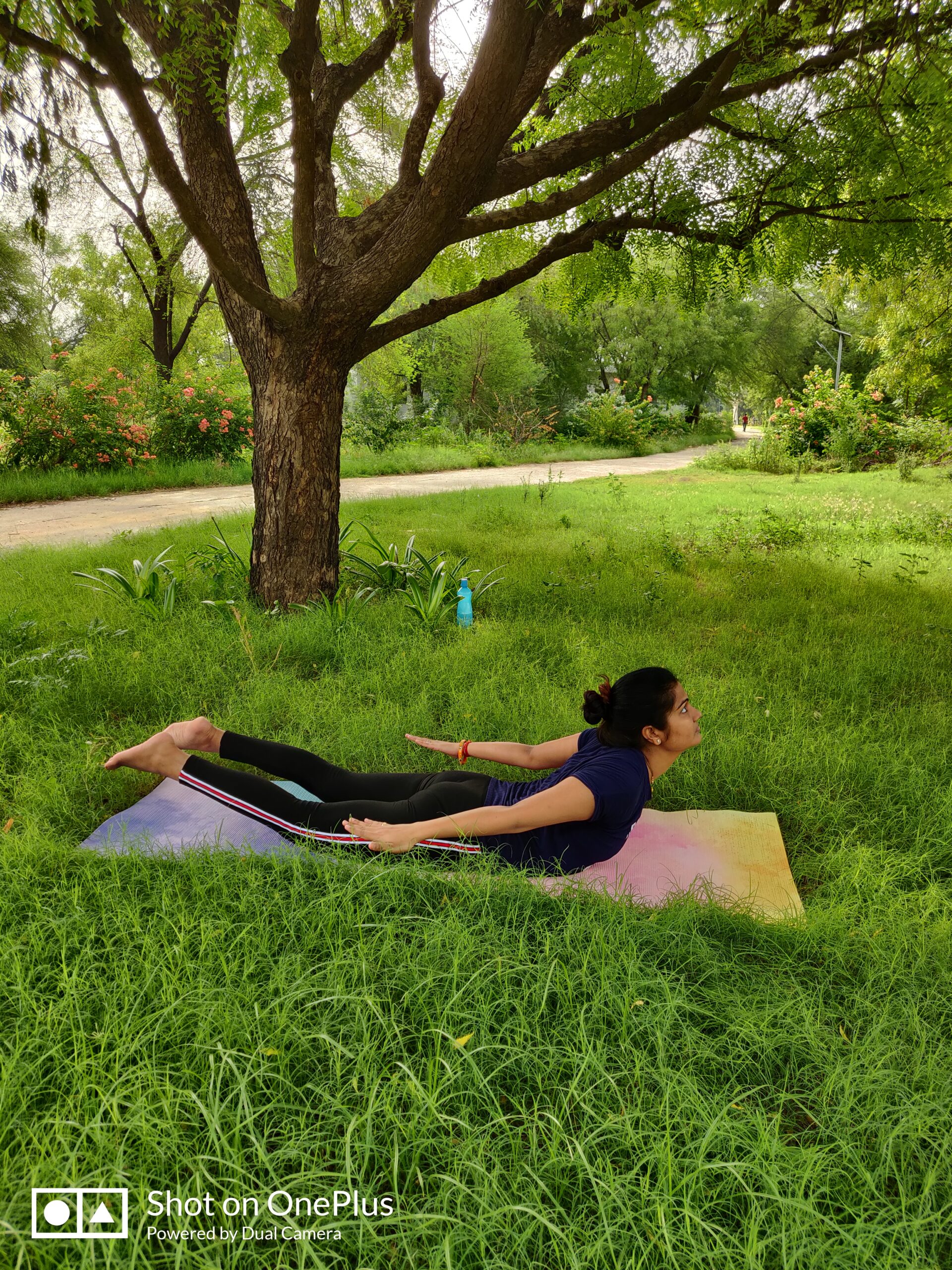In the quest for radiant and healthy skin, more individuals are turning to naturopathic approaches. Naturopathy, a holistic system of medicine, emphasizes the body’s innate ability to heal and maintain optimal health. When it comes to skincare, naturopathic principles are gaining popularity for their focus on addressing the root causes of skin issues rather than merely treating symptoms.
This comprehensive guide explores various naturopathic treatments and therapies aimed at achieving radiant skin. From herbal remedies to dietary adjustments and holistic lifestyle practices, we’ll uncover the secrets to unlocking your skin’s natural glow.
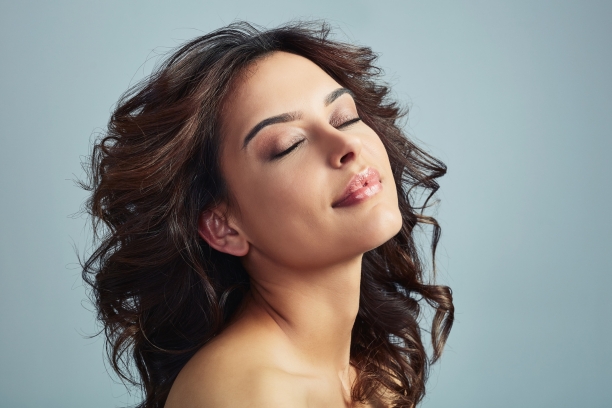
Causes and Symptoms of Skin Issues: Understanding the Root of the Problem
Skin issues can be a source of discomfort and concern for many individuals. Whether it’s acne, eczema, psoriasis, or other skin conditions, understanding the causes and recognizing the symptoms is the first step toward effective management and treatment. In this section, we’ll explore the various causes and symptoms of common skin problems, shedding light on the factors that contribute to skin issues and helping you identify potential skin concerns.
Table of Contents
- Common Causes of Skin Issues
- 1. Genetics and Heredity: How family history can influence your skin.
- 2. Hormonal Changes: The role of hormones in skin problems.
- 3. Diet and Nutrition: How dietary choices can impact your skin’s health.
- 4. Environmental Factors: How the environment affects your skin.
- 5. Allergies and Sensitivities: Identifying triggers for skin reactions.
- 6. Stress and Mental Health: The mind-skin connection.
- 7. Skincare Products: The potential impact of skincare choices.

- Skin Issue Symptoms and Identification
- Acne: Types of acne, from blackheads to cysts, and their symptoms.
- Eczema (Dermatitis): Common eczema symptoms and variations.
- Psoriasis: Understanding the different types and symptoms of psoriasis.
- Rosacea: Identifying the signs and triggers of rosacea.
- Wrinkles and Aging Signs: Symptoms of skin aging and prevention strategies.
- Skin Sensitivities: Recognizing signs of skin irritation and allergies.
- Diagnostic Approaches
- Consulting a Dermatologist: The importance of professional skin evaluation.
- Self-Assessment: Tools and resources for monitoring your skin’s health.
- Food and Symptom Diary: Tracking dietary influences on skin issues.
- Elimination Diet: How to identify food sensitivities through elimination.

- Prevention and Management
- Lifestyle Changes: Adopting habits that support healthy skin.
- Dietary Modifications: How nutrition can improve skin condition.
- Stress Reduction: Techniques for managing stress and its impact on the skin.
- Skincare Routines: Tips for maintaining healthy skin through proper skincare.
- Holistic Approaches: The role of naturopathy and alternative therapies.
- Naturopathic Treatments and Therapies for Radiant Skin
Achieving and maintaining radiant skin involves more than just skincare products and cosmetics. It requires a holistic approach that considers not only external factors but also internal well-being. In this section, we’ll delve into naturopathic treatments and therapies that can contribute to your skin’s health and vitality. We’ll explore the principles of naturopathy, specific treatments, and lifestyle changes that promote radiant skin from the inside out.
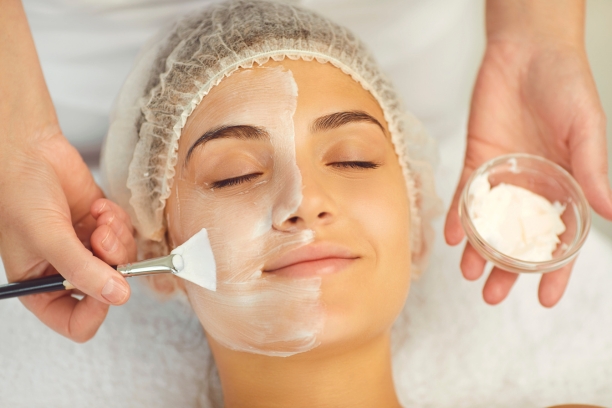
Table of Contents
- Naturopathic Principles for Healthy Skin
- 1. Healing from Within: How naturopathy addresses the root causes.
- 2. Individualized Care: Tailoring treatments to your unique needs.
- 3. Prevention as Priority: The importance of proactive skin care.
- 4. Balancing the Body: Achieving skin health through overall balance.
- Naturopathic Therapies for Skin Health
Nutritional Therapy:
Nutritional therapy, often referred to as nutrition therapy or nutritional counseling, is a holistic approach to health that focuses on using food and dietary choices to promote overall well-being and manage various health conditions. Here’s how it works:

- Assessment: A nutritional therapist assesses an individual’s dietary habits, lifestyle, and health goals. This often involves discussions about current health issues, dietary preferences, and any specific concerns.
- Personalized Plan: Based on the assessment, the therapist creates a personalized nutrition plan that includes recommendations for dietary changes, supplementation, and lifestyle modifications.
- Education: Nutritional therapists educate their clients about the importance of balanced nutrition, the role of specific nutrients, and how different foods can impact health.
- Support: Clients receive ongoing support and guidance to help them implement and maintain their dietary changes. This may include regular check-ins and adjustments to the nutrition plan.
Benefits:
- Improved Health: Nutritional therapy can help manage and prevent various health conditions, including weight issues, diabetes, heart disease, and digestive disorders.
- Optimal Nutrition: It ensures that individuals receive the right nutrients to support their specific health needs.
- Lifestyle Changes: Nutritional therapy often encourages broader lifestyle changes, promoting overall well-being.
Hydrotherapy:
Hydrotherapy is a therapeutic approach that uses water in various forms (temperature, pressure, and movement) to promote health and well-being. Here’s how it works:
- Hot and Cold Water Applications: Hydrotherapy may involve alternating between hot and cold water applications, such as hot baths followed by cold showers. This can stimulate circulation and the immune system.
- Compresses: Compresses soaked in hot or cold water are applied to specific areas of the body to alleviate pain, reduce inflammation, or relax tense muscles.
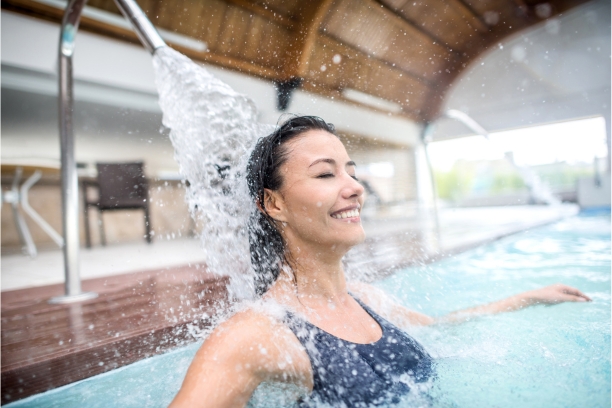
- Hydrotherapy Baths: Soaking in hot baths with added therapeutic substances like Epsom salts, essential oils, or herbal infusions can promote relaxation and relieve muscle tension.
- Water Massage: Water jets or underwater massage can be used to relieve muscle pain and improve circulation.
Benefits:
- Pain Relief: Hydrotherapy can help alleviate pain from conditions like arthritis, muscle injuries, and headaches.
- Stress Reduction: Warm water immersion promotes relaxation and reduces stress.
- Improved Circulation: Alternating between hot and cold water can enhance blood flow and lymphatic circulation.
Detoxification:
Detoxification, or detox, is a process that aims to remove toxins and waste products from the body to promote better health. Here’s how it’s often approached:
- Dietary Changes: Detox programs often involve dietary modifications, such as increasing the intake of fruits, vegetables, and fiber while reducing processed foods and sugar.
- Hydration: Drinking plenty of water is essential to support the body’s natural detoxification processes, particularly in flushing out waste through the kidneys.

- Supplements: Some detox protocols include supplements or herbs believed to support detoxification pathways in the body, such as liver detoxification.
- Mind-Body Practices: Practices like yoga and meditation may be incorporated into detox programs to reduce stress, which can impact detoxification.
Benefits:
- Improved Energy: Detoxification is often associated with increased energy levels.
- Clearer Skin: Some individuals report clearer skin as a result of detox programs.
- Weight Loss: Weight loss may occur during detox, primarily due to water loss and dietary changes.
Mind-Body Practices:
Mind-body practices encompass a wide range of techniques and therapies that focus on the connection between mental and physical health. These practices aim to enhance well-being by promoting relaxation, reducing stress, and improving mental clarity. Some common mind-body practices include:
- Yoga: Yoga combines physical postures, breathing exercises, and meditation to improve flexibility, strength, and mental balance.
- Meditation: Meditation involves training the mind to focus on the present moment, which can reduce stress and enhance mindfulness.
- Tai Chi: Tai Chi is a gentle form of exercise that involves slow, flowing movements and deep breathing. It promotes balance and relaxation.
- Guided Imagery: This technique uses visualization and mental imagery to reduce stress and promote relaxation.
- Biofeedback: Biofeedback helps individuals gain awareness and control over physiological functions like heart rate and muscle tension.
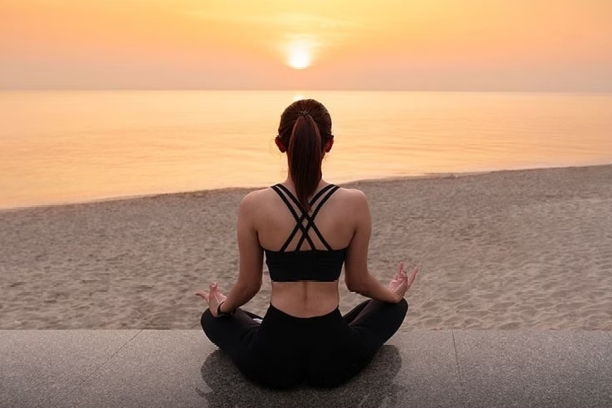
Benefits:
- Stress Reduction: Mind-body practices are effective in reducing stress and anxiety.
- Improved Mental Clarity: These practices can enhance mental focus and cognitive function.
- Enhanced Well-Being: Mind-body practices are associated with overall well-being and improved quality of life.
- Holistic Skincare Routines
- Cleansing and Exfoliation: Natural approaches to clean and rejuvenate.
- Moisturizing and Protection: Nourishing and safeguarding your skin.
- Topical Naturopathic Remedies: Herbal and natural skincare products.
- Natural DIY Masks and Treatments: Homemade solutions for radiant skin.
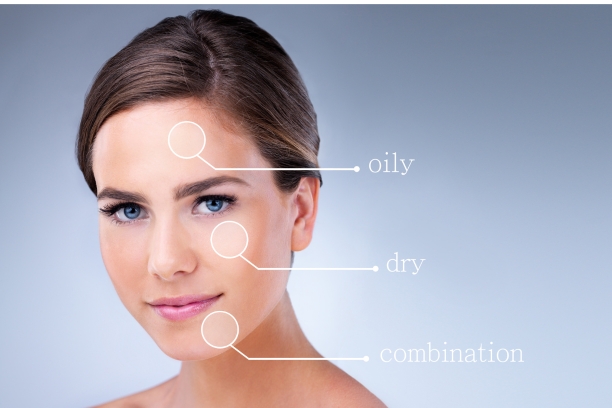
- Lifestyle Changes for Radiant Skin
- Dietary Adjustments: Foods that promote skin health and those to avoid.
- Hydration: The importance of water intake for skin hydration.
- Physical Activity: How exercise benefits your skin.
- Stress Reduction: Mind-body techniques to reduce stress’s impact on skin.
- Quality Sleep: The role of sleep in skin rejuvenation.

- Consulting a Naturopathic Practitioner
- Choosing the Right Naturopath: What to consider in your search.
- Initial Assessment: What to expect during your first appointment.
- Tailored Treatment Plans: How naturopaths design individualized regimens.
Yogasanas and Yogic Management for Radiant Skin
Yoga is not just a physical exercise; it’s a holistic practice that promotes overall well-being, including skin health. In this section, we’ll delve into the world of yogasanas (yoga postures) and yogic management techniques that can contribute to achieving and maintaining radiant skin. Discover how specific poses, breathing exercises, and mindfulness practices can enhance your skin’s natural beauty from within.
Table of Contents
Yogasanas for Glowing Skin
Surya Namaskar (Sun Salutation):
Surya Namaskar, or Sun Salutation, is a sequence of yoga asanas (poses) that are performed in a flowing manner. It consists of a series of 12 poses, each with specific benefits. Here are some of the key benefits of Surya Namaskar:
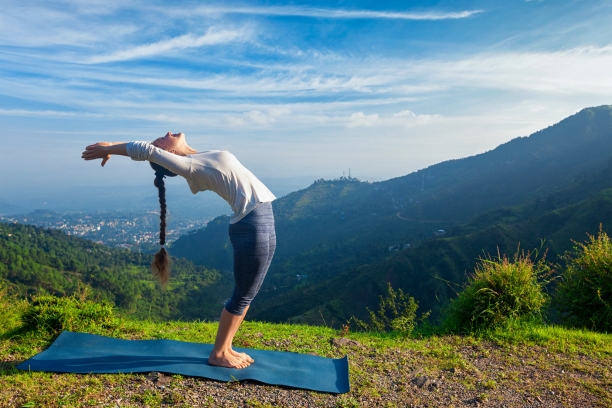
- Full-body workout: It provides a complete workout for the entire body, including the muscles, joints, and internal organs.
- Improved flexibility: Regular practice enhances flexibility in the spine, shoulders, and hamstrings.
- Mental focus: The coordinated breath and movement help improve concentration and reduce stress.
- Detoxification: It aids in the detoxification of the body by promoting sweat and enhancing blood circulation.
- Weight management: Surya Namaskar can help with weight loss by increasing metabolism.
- Balanced energy: It balances the solar and lunar energies in the body, promoting overall harmony.
Trikonasana (Triangle Pose):
Trikonasana, or Triangle Pose, is a standing yoga pose that involves stretching the body in a triangular shape. Here are its benefits:
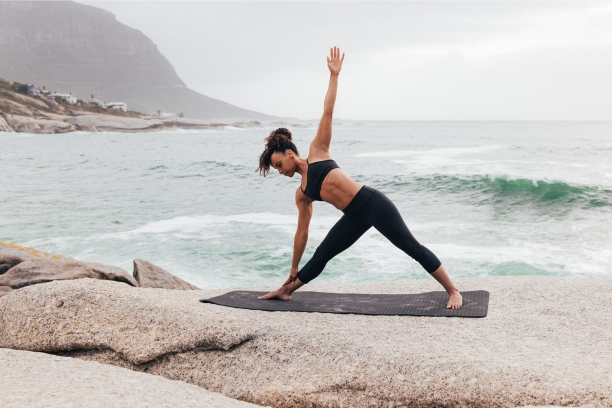
- Strengthened legs: It tones and strengthens the muscles of the legs, especially the thighs and calves.
- Improved digestion: Trikonasana can aid in digestion and alleviate digestive issues.
- Enhanced flexibility: Regular practice can increase flexibility in the spine, hips, and hamstrings.
- Balanced energy flow: This pose is believed to balance the energy flow in the body.
- Stress reduction: It helps relieve stress and anxiety by promoting a sense of openness and release.
Matsyasana (Fish Pose):
Matsyasana, or Fish Pose, is a backbend that resembles a fish. Its benefits include:
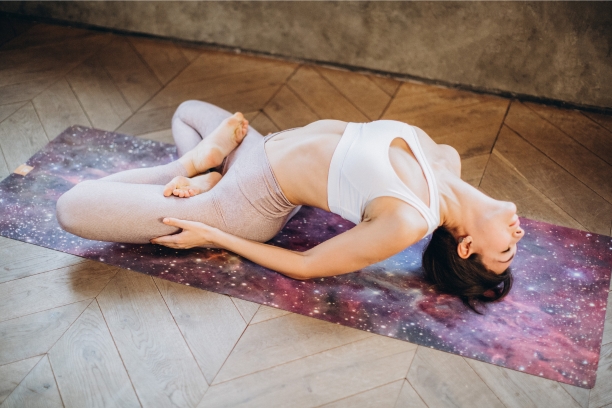
- Chest opening: It opens up the chest and strengthens the upper back.
- Throat and thyroid health: Matsyasana stimulates the throat and thyroid gland, which can be beneficial for thyroid issues.
- Respiratory improvement: Regular practice can enhance lung capacity and help with respiratory conditions.
- Relaxation: It induces a sense of relaxation and reduces stress and fatigue.
- Posture correction: It can improve posture by counteracting the effects of slouching.
Halasana (Plow Pose):
Halasana, or Plow Pose, is an inverted yoga pose where the legs are lifted over the head. Its benefits include:
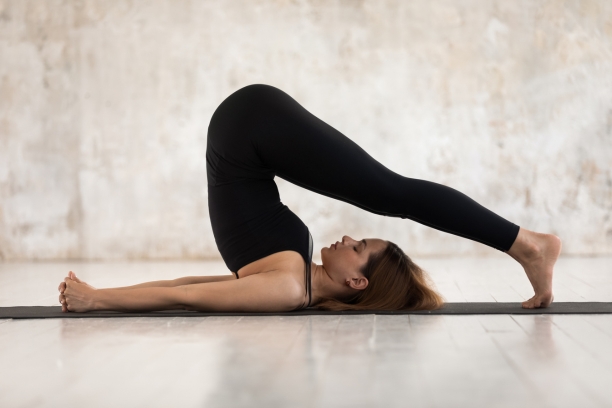
- Spinal flexibility: It promotes flexibility in the spine and stretches the entire back.
- Thyroid stimulation: Halasana stimulates the thyroid gland and can help with thyroid issues.
- Improved digestion: The compression of the abdomen aids in digestion and can relieve constipation.
- Calming effect: It has a calming effect on the nervous system and can reduce stress and anxiety.
- Better sleep: Regular practice can improve the quality of sleep.
Sarvangasana (Shoulder Stand):
Sarvangasana, or Shoulder Stand, is an advanced inversion pose with numerous benefits:

- Blood circulation: It enhances blood circulation to the brain and heart.
- Thyroid health: Like Matsyasana, Sarvangasana stimulates the thyroid gland.
- Detoxification: It aids in detoxifying the body by improving lymphatic drainage.
- Mental clarity: The increased blood flow to the brain can improve mental clarity and focus.
- Strengthened muscles: It strengthens the shoulders, neck, and upper back.
Shavasana (Corpse Pose):
Shavasana, or Corpse Pose, is a relaxation pose typically practiced at the end of a yoga session. Its benefits include:
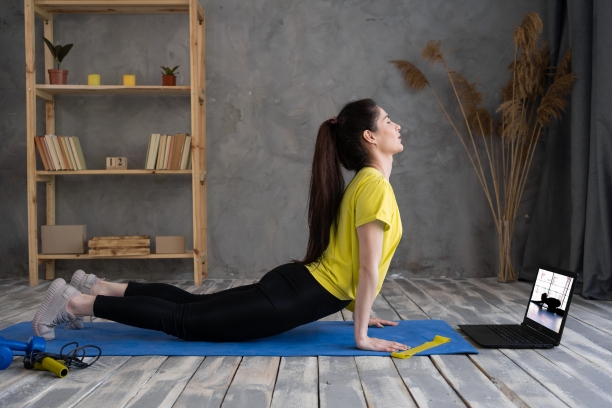
- Stress reduction: It induces deep relaxation, reducing stress and anxiety.
- Mind-body connection: Shavasana promotes awareness of the mind-body connection.
- Muscle relaxation: It allows for the release of tension in the muscles.
- Improved sleep: Regular practice can lead to better sleep quality.
- Rejuvenation: It provides a sense of rejuvenation and refreshment.
Pranayama for Skin Vitality
Anulom Vilom Pranayama:
Anulom Vilom, also known as Alternate Nostril Breathing, is a yogic breathing exercise that focuses on balancing the flow of energy in the body. Here’s how it’s done:
- Sit comfortably: Find a quiet, comfortable place to sit, either on the floor or a chair, with your back straight.
- Position your hand: Rest your left hand on your left knee with the palm facing upward. This is the “Chin Mudra” hand position. Use your right hand, specifically the thumb and ring finger.
- Close your eyes: Close your eyes to enhance concentration.

- Start the breathing pattern:
- Close your right nostril with your right thumb.
- Inhale slowly and deeply through your left nostril.
- Once you’ve inhaled fully, release your right nostril and close your left nostril with your right ring finger.
- Exhale slowly and completely through your right nostril.
- Now, inhale through the right nostril.
- Close the right nostril again and release the left, exhaling through the left nostril.
- This completes one cycle. Continue for several cycles, gradually increasing the duration of your practice.
Anulom Vilom helps calm the mind, reduce stress, and improve focus. It also purifies the nadis (energy channels) in the body, promoting overall well-being, which can have a positive impact on skin health.
Sheetali Pranayama:
Sheetali Pranayama is a cooling breathing exercise that can be beneficial for skin health and reducing body heat. Here’s how to practice it:

- Sit comfortably: Sit in a meditative posture with your back straight.
- Tongue positioning: Extend your tongue slightly outside your mouth and roll the sides of the tongue upward to form a tube. If you can’t roll your tongue, simply place the tip of your tongue against the back of your upper front teeth.
- Inhale: Inhale slowly and deeply through the tube formed by your tongue. As you inhale, make a hissing or sibilant sound.
- Close your mouth: After a full inhalation, withdraw your tongue, close your mouth, and exhale slowly and completely through your nostrils.
- Repeat: Continue for several cycles, gradually extending the duration of your practice.
Sheetali Pranayama has a cooling effect on the body and mind. It can help reduce stress and anxiety, which can indirectly benefit the skin by preventing stress-related skin issues.
Kapalbhati Pranayama:
Kapalbhati is a dynamic breathing exercise that involves forceful exhalations and passive inhalations. Here’s how to practice it:

- Sit comfortably: Sit with your back straight and your hands resting on your knees.
- Inhale passively: Take a slow, deep breath in.
- Exhale forcefully: Exhale quickly and forcefully by contracting your abdominal muscles. Your inhalation should be passive; your abdomen should expand naturally as you inhale.
- Rhythmic repetition: Continue this forceful exhalation and passive inhalation rhythm for several cycles. Start with a few rounds and gradually increase the duration.
Kapalbhati Pranayama is known for its detoxifying effects. It helps cleanse the body of toxins and promotes better digestion. A healthy digestive system can have a positive impact on skin health, as it aids in the absorption of nutrients essential for radiant skin.
Bhastrika Pranayama:
Bhastrika Pranayama, also known as Bellows Breath, is a powerful breathing technique that involves forceful inhalations and exhalations. Here’s how to practice it:
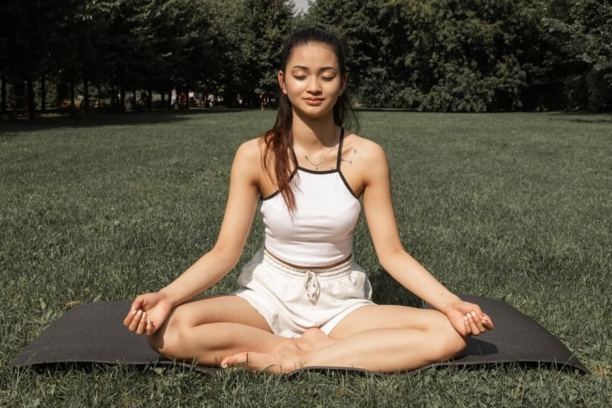
- Sit comfortably: Find a comfortable seated position with your back straight.
- Inhale deeply: Take a quick and forceful inhalation through both nostrils, expanding your chest and abdomen.
- Exhale forcefully: Exhale quickly and forcefully through both nostrils, contracting your abdominal muscles.
- Repeat: Continue this rapid inhalation and exhalation pattern for several cycles. Start with a few rounds and gradually increase the duration.
Bhastrika Pranayama is invigorating and can help increase oxygen supply to the body. It energizes the mind and body and can indirectly contribute to better skin health by promoting overall vitality.
Meditation and Mindfulness
- Mindful Meditation: Reducing stress and inflammation for skin wellness.
- Visualization Techniques: Harnessing the power of your mind for radiant skin.
- Affirmations: Cultivating a positive self-image for confidence and beauty.
Yogic Cleansing Practices
- Kunjal Kriya: Cleansing the digestive system for clear skin.
- Jal Neti: Nasal cleansing for improved skin health.
- Dhauti Kriya: Purifying the body from the inside out.
Kunjal Kriya:
Kunjal Kriya is a yogic cleansing technique aimed at purifying the digestive system and removing excess mucus and toxins from the stomach. Here’s how it’s done:
- Preparation: You start by drinking a large quantity of lukewarm saline water (usually with a little salt mixed in) on an empty stomach. The quantity should be enough to induce vomiting.
- Vomiting: After drinking the water, you stand and gently induce vomiting by inserting your index and middle fingers into your throat to trigger a gag reflex. This helps in expelling the water along with any accumulated mucus and toxins from the stomach.

Benefits:
- Cleansing: Kunjal Kriya helps remove impurities and toxins from the stomach.
- Improved digestion: It can enhance digestion by clearing the digestive tract.
- Respiratory health: Some practitioners believe it can help with respiratory issues by clearing excess mucus.
Cautions:
- Kunjal Kriya should be learned from an experienced practitioner or teacher to ensure proper technique and safety.
- It’s not recommended for individuals with certain medical conditions or during pregnancy.
Jal Neti:
Jal Neti is a yogic nasal cleansing technique that involves using a neti pot to irrigate and cleanse the nasal passages with saline water. Here’s how it’s done:
- Prepare the solution: Dissolve non-iodized salt (about half a teaspoon) in lukewarm distilled or sterilized water. The solution should be similar in salinity to your body fluids.
- Positioning: Stand over a sink or in a comfortable position with your head tilted to the side. Insert the spout of the neti pot into one nostril.
- Pouring: Gently pour the saline solution into one nostril. The water will flow through your nasal passages and out of the other nostril. Breathe through your mouth during this process.
- Switch sides: After clearing one nostril, switch to the other side and repeat the process.

Benefits:
- Nasal hygiene: Jal Neti helps keep the nasal passages clean and clear of allergens, dust, and mucus.
- Respiratory health: It can alleviate symptoms of allergies, sinusitis, and other respiratory issues.
- Mental clarity: Some practitioners find that it enhances mental alertness and concentration.
Cautions:
- Ensure that the water is at the right temperature and the salt concentration is correct to prevent discomfort.
- Practice Jal Neti under the guidance of an experienced teacher initially to ensure proper technique.
Dhauti Kriya:
Dhauti Kriya is a yogic cleansing practice that involves cleaning the digestive tract. There are different types of Dhauti Kriya, one of which is Vatsara Dhauti, where you swallow a long piece of cloth and then remove it. This practice is advanced and should only be attempted under the guidance of an experienced teacher.
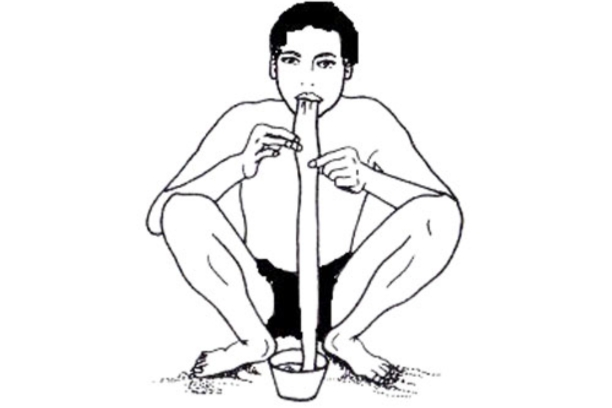
Benefits:
- Deep cleansing: Dhauti Kriya is believed to purify the entire digestive system.
- Improved digestion: It may help with digestion-related issues.
- Detoxification: The practice can assist in removing toxins from the stomach and intestines.
- Conclusion
- Embracing Your Natural Glow: The empowerment of naturopathic skincare.
Throughout this article, we’ll delve deep into each topic, providing insights, tips, and practical advice to help you achieve the radiant and healthy skin you desire. Let’s embark on this journey towards natural beauty and well-being.



